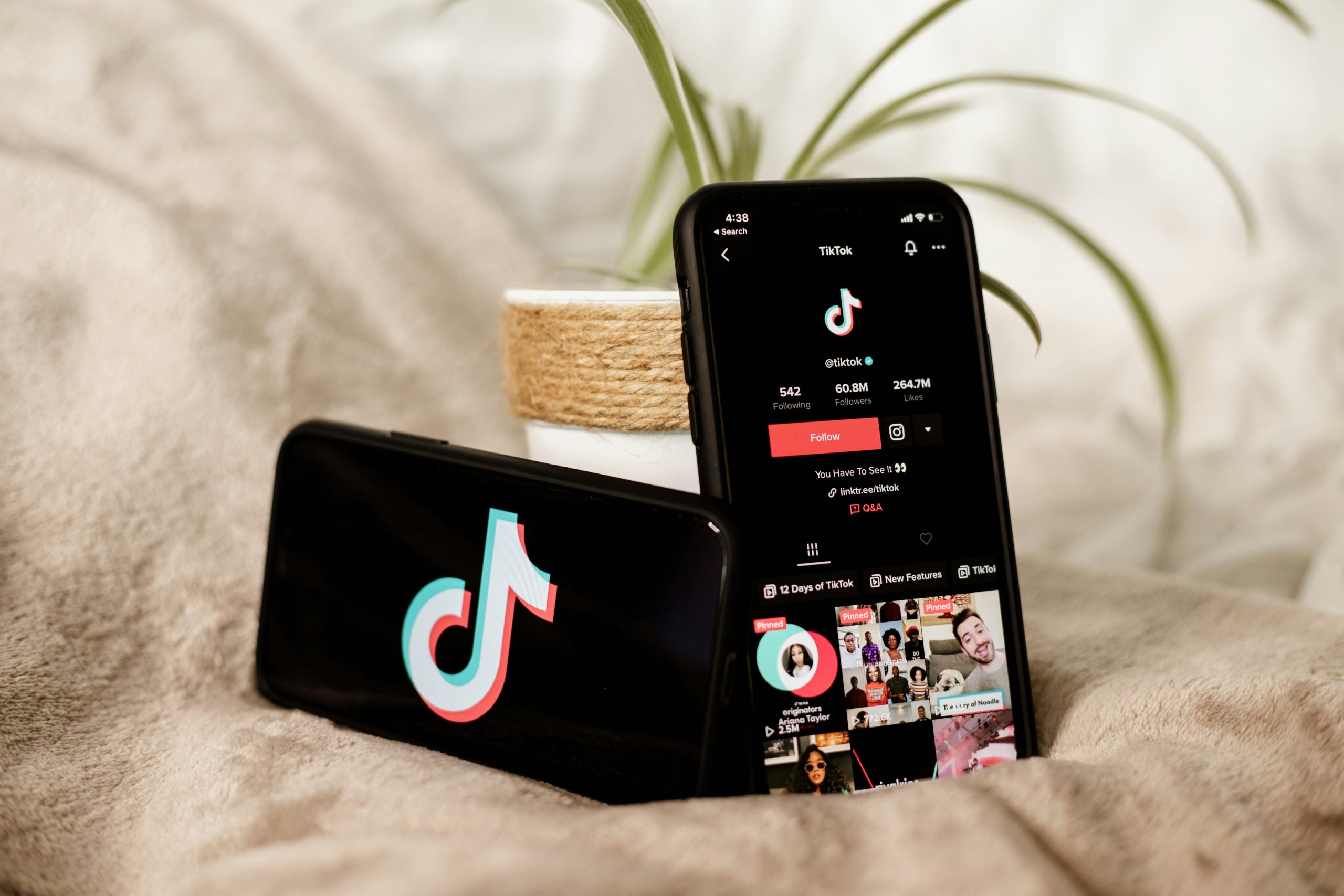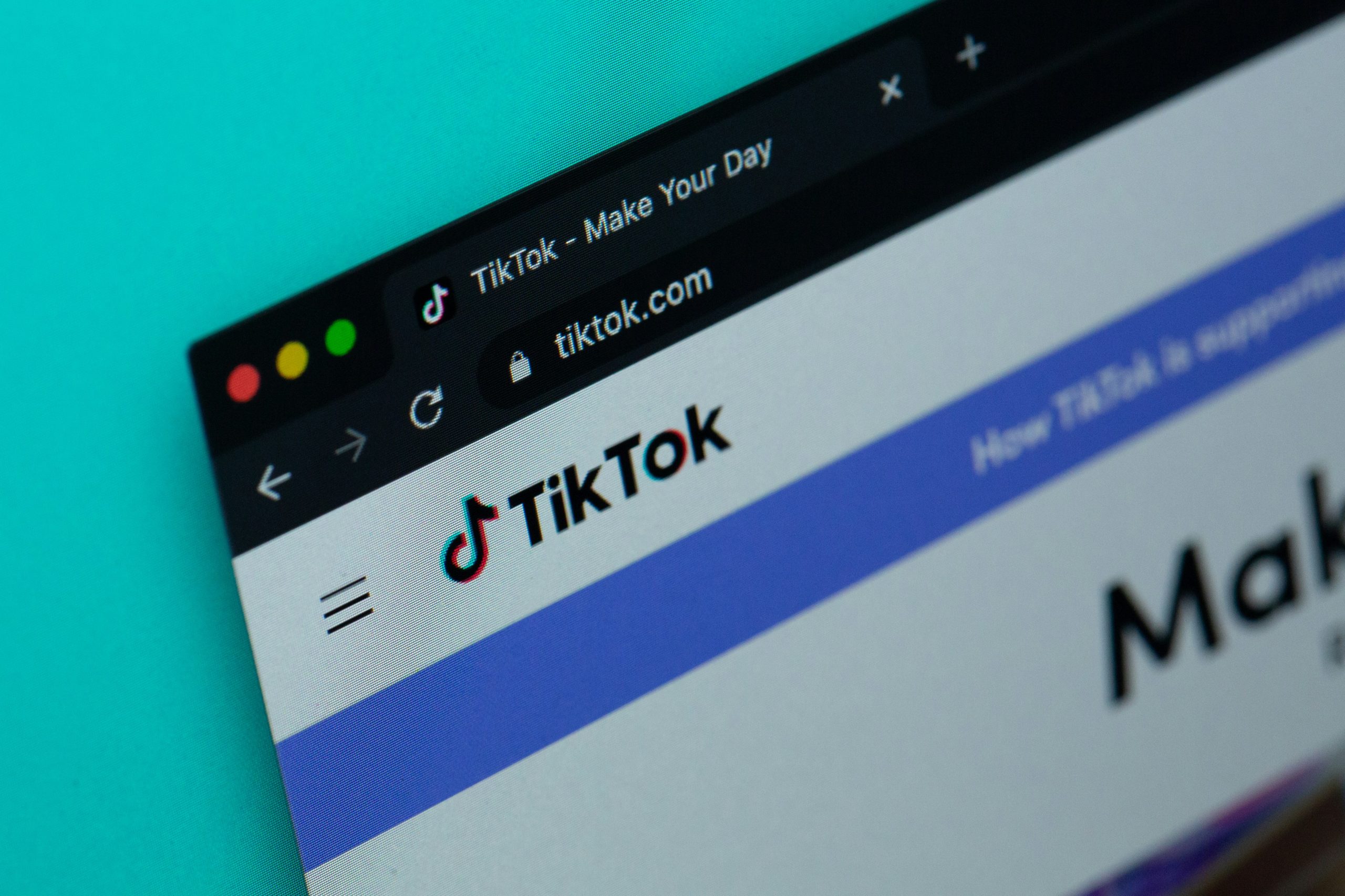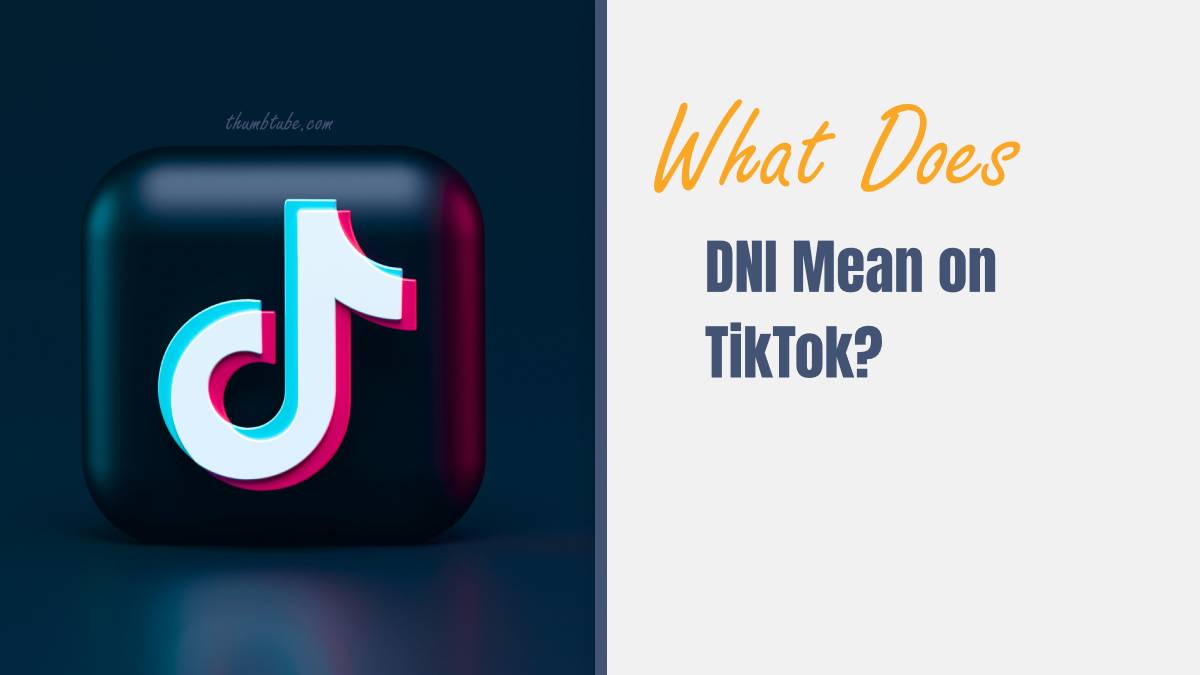In the vibrant, ever-evolving world of TikTok, where trends come and go faster than a viral dance challenge, understanding the language of the platform is crucial for both creators and consumers alike. Among the myriad abbreviations that pepper this social media landscape, DNI has emerged as a term that sparks curiosity and sometimes confusion. But what does DNI really mean in this dynamic digital arena? Is it just another acronym lost in translation or does it carry deeper implications for how we navigate online interactions?
As you scroll through your feed filled with catchy tunes and eye-catching visuals, you might stumble upon posts adorned with DNI warnings—often accompanied by colorful graphics or witty captions. These three letters pack a punch, serving not only as a shorthand for specific preferences but also as an invitation to explore boundaries within community dynamics. So let’s dive into the essence of DNI on TikTok: its origins, meanings, and why it matters more than ever in fostering inclusive spaces amidst an ocean of content creation.
What Does DNI Stand For?
DNI, or “Do Not Interact,” is a term that has evolved beyond its original meaning in formal digital contexts. On TikTok, it primarily serves as a boundary-setting tool within various communities, particularly among users who want to establish clear lines around their content and interactions. By using DNI in their bios or posts, creators signal qualitative preferences regarding engagement—sometimes specifying traits they wish to avoid or topics they’d rather not discuss. This phenomenon underscores the growing importance of mental well-being in online spaces, where users crave safe environments free from negativity.
The concept of DNI also reflects an emerging social consciousness among younger generations navigating complex identities and experiences on platforms like TikTok. It resonates with the desire for authenticity and respect within digital interactions, pushing back against toxic relationships rooted in misunderstandings or conflicting values. As more users adopt this practice, we witness a shift toward establishing community norms that prioritize individual comfort and psychological safety—elements often overlooked in fast-paced social media dynamics. Ultimately, the rise of DNI represents not just personal preference but also a collective advocacy for healthier online ecosystems where engagement is thoughtful and intentional.
![]()
The Context of DNI on TikTok
In the dynamic realm of TikTok, the acronym DNI—which stands for Do Not Interact—has evolved beyond a mere cautionary phrase. Originally intended to shield users from unwanted engagement, it serves as a reflection of the platform’s growing emphasis on mental well-being and personal boundaries. As creators navigate an increasingly complex social landscape, especially in niche communities with diverse interests and identities, DNI has become a digital tool for self-advocacy that empowers users to curate their interactions.
Moreover, DNI has unveiled an intriguing layer of TikTok culture: the dialectic between inclusivity and exclusivity. While some creators use it to set clear boundaries against harmful individuals or toxic discourse, others creatively incorporate it into comedic sketches or commentary about internet etiquette. This playful juxtaposition prompts a broader discussion about the nature of community in online spaces; where once “interacting” was synonymous with open dialogue, today’s TikTokers are redefining connection by explicitly stating who they do—or do not—wish to engage with. As trends like these continue to shift user behavior, they challenge our conventional perceptions of friendship and community dynamics in the digital age.
When to Use DNI in Conversations
DNI, or Do Not Interact, serves as a firm boundary marker in online conversations, particularly within TikTok communities that prioritize emotional safety and respectful dialogue. It’s not merely a rejection of engagement; rather, it’s an invitation for others to respect individual comfort levels when discussing sensitive topics. Using DNI can be particularly valuable when you anticipate misunderstandings or when your identity might evoke negative responses from certain individuals. For instance, if content revolves around personal experiences regarding mental health or identity politics, a DNI statement could dissuade those who lack empathy or understanding from entering the conversation.
Moreover, applying DNI can foster healthier spaces for discourse by filtering out toxicity before it even begins. This proactive approach helps creators and followers cultivate inclusive environments where marginalized voices are prioritized without the fear of backlash. It’s essential to remember that employing a DNI is not about shutting down conversations but rather guiding them toward more constructive paths. When used thoughtfully and respectfully, this tool empowers users to share their truths while maintaining control over how their narratives unfold on platforms like TikTok.

Common Misconceptions About DNI
One common misconception about DNI, or do not interact, is that it serves as a general warning or guideline applicable to anyone browsing the platform. In reality, DNI is often used more strategically within niche communities to delineate safe spaces. For instance, creators may employ DNI criteria to protect their mental health by explicitly stating that certain conversations or interactions are unwelcome, thereby fostering an environment that’s supportive and inclusive. This specificity can help navigate complex social dynamics and avoid negative engagements.
Another frequent misunderstanding involves the perception that using DNI is overly exclusive or unfriendly. However, many creators implement these guidelines out of a desire for constructive interaction rather than isolation. By setting clear boundaries around who they wish to engage with—be it based on shared interests, personal values, or even emotional safety—content creators can cultivate deeper connections with audiences who truly resonate with their messages. This intentional approach ultimately enriches the discourse within TikTok’s diverse community and encourages empathy among users.
How DNI Affects Content Creation
DNI, or Do Not Interact, has emerged as a powerful tool in the TikTok landscape, shaping the way creators approach their content. Its core function is to filter audiences, steering away unwanted interactions from certain demographics or individuals. This clear boundary not only defines user experience but also encourages creators to engage more authentically with their target audience. As a result, many TikTokers are tailoring their videos with precise messaging and themes that resonate deeply with those who align with their values.
Beyond personal comfort zones, DNI fosters a creative shift where authenticity reigns supreme. Creators are inspired to convey deeper narratives and foster niche communities that thrive on shared experiences and interests—be it mental health advocacy or far-out humor. The ripple effect of this is palpable; when users feel acknowledged and respected through curated content tailored for them, engagement skyrockets. Rather than merely chasing virality, creators find themselves nurturing meaningful connections that extend beyond likes and comments—a refreshing change in the fast-paced world of social media.

Conclusion: Navigating TikTok’s Terminology Effectively
Navigating TikTok’s vocabulary is like mastering a dynamic language that constantly evolves with its user base. Understanding terms like DNI can unlock deeper connections within the platform, fostering an environment where content resonates on multiple levels. For creators and consumers alike, it’s essential to recognize that these acronyms often reflect not just trends but also the community’s ethos, values, and boundaries.
To effectively engage in this vibrant digital landscape, adopting a curious mindset can be incredibly beneficial. Rather than simply glossing over unfamiliar terms, take the time to explore their origins and implications within various communities. This approach encourages empathy and creates space for meaningful interactions—transforming mere consumption of content into active participation in conversations that matter. As TikTok continues to shape cultural narratives, becoming fluent in its unique lexicon will allow users to navigate trends with confidence and authenticity, enriching their overall experience on the platform.
